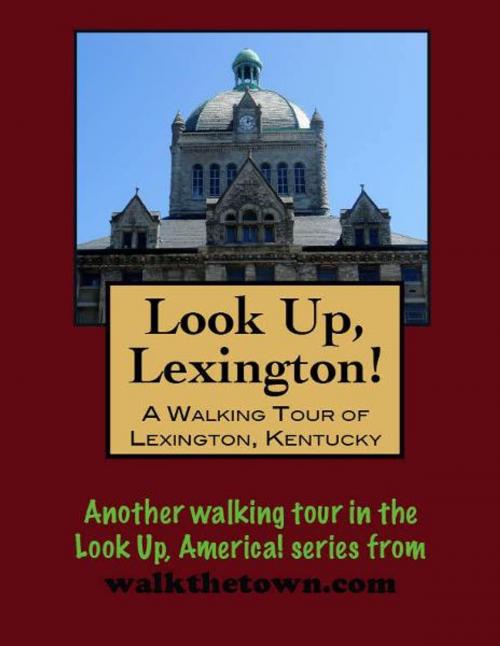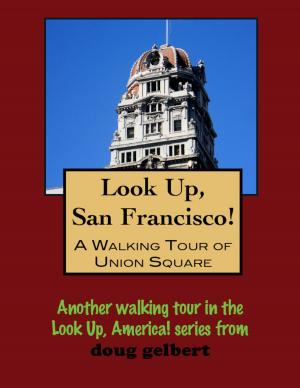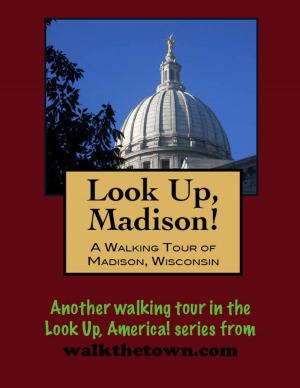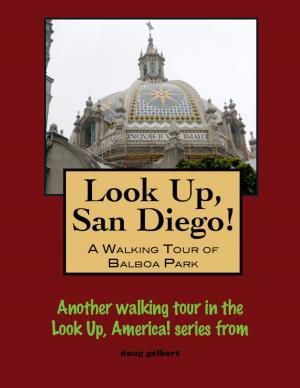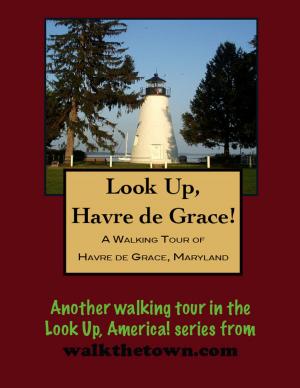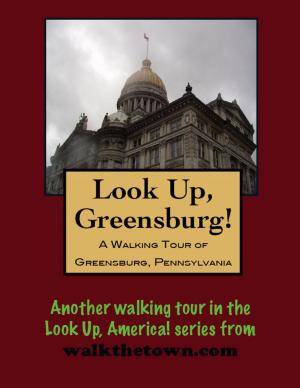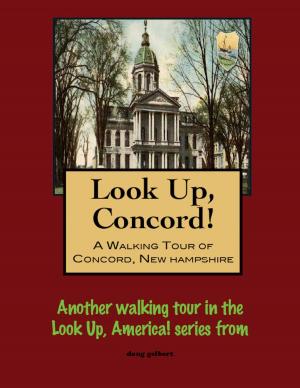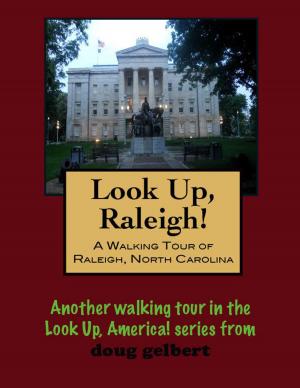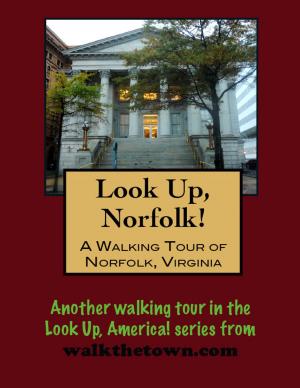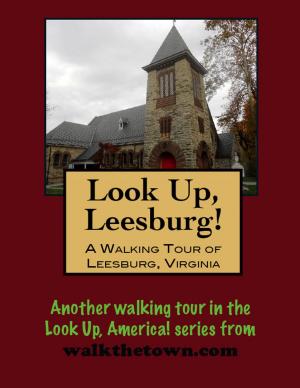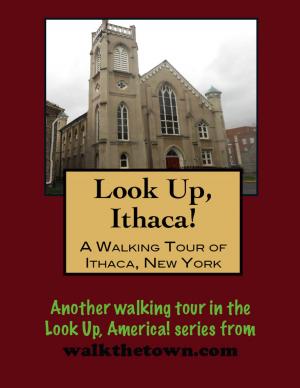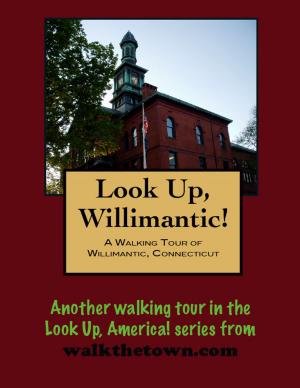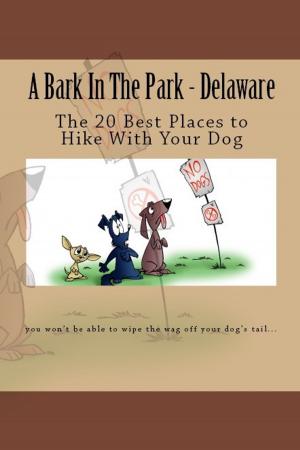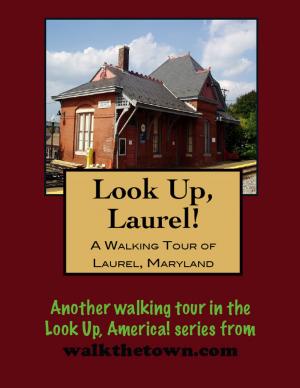Look Up, Lexington! A Walking Tour of Lexington, Kentucky
Nonfiction, Travel, United States, South, History, Americas| Author: | Doug Gelbert | ISBN: | 9781466080980 |
| Publisher: | Doug Gelbert | Publication: | November 17, 2011 |
| Imprint: | Smashwords Edition | Language: | English |
| Author: | Doug Gelbert |
| ISBN: | 9781466080980 |
| Publisher: | Doug Gelbert |
| Publication: | November 17, 2011 |
| Imprint: | Smashwords Edition |
| Language: | English |
There is no better way to see America than on foot. And there is no better way to appreciate what you are looking at than with a walking tour. Whether you are preparing for a road trip or just out to look at your own town in a new way, a downloadable walking tour is ready to explore when you are.
Each walking tour describes historical and architectural landmarks and provides pictures to help out when those pesky street addresses are missing. Every tour also includes a quick primer on identifying architectural styles seen on American streets.
By 1820, before steamboats tamed the Ohio River and drew industry to its banks, Lexington was one of the largest and wealthiest towns west of the Allegheny Mountains. If you wanted to engage in commerce you came to Lexington. If you wanted an education you came to Lexington. If you wanted to keep up with the latest news or borrow a book you came to Lexington.
Early on the growing of hemp used in ropes on sailing ships drove the economy. The tobacco became a cash crop for more than a century. There were local distilleries and in recent years education and technology have been the economic engine. But hovering above it all in Lexington since its founding in 1775 has been horse breeding.
The men from Maryland and Virginia who settled the town rode their best horses over the mountains or floated them on flatboats down the Kentucky River. The first census in 1790 showed more horses in Lexington than people. Kentucky's first races had begun informally three years earlier. An early law in the county was passed that was designed to keep the blood of race horses pure. Stallions were imported from England and Arabia and the breeding of thoroughbreds, trotters and saddle horses came to infuse every aspect of life in Lexington. Today nearly 50,000 horses are bred each year on the Bluegrass Country farms around Lexington.
Lexington has sometimes been called "the city in a park" for all the surrounding horse farms but our walking tour of the historic town will uncover nary a reference to race horses. Even the golden stallion weathervane that once lorded over the city from the top of the Fayette County Courthouse is no longer seen (although it is inside the building) and that is where we will begin our tour...
There is no better way to see America than on foot. And there is no better way to appreciate what you are looking at than with a walking tour. Whether you are preparing for a road trip or just out to look at your own town in a new way, a downloadable walking tour is ready to explore when you are.
Each walking tour describes historical and architectural landmarks and provides pictures to help out when those pesky street addresses are missing. Every tour also includes a quick primer on identifying architectural styles seen on American streets.
By 1820, before steamboats tamed the Ohio River and drew industry to its banks, Lexington was one of the largest and wealthiest towns west of the Allegheny Mountains. If you wanted to engage in commerce you came to Lexington. If you wanted an education you came to Lexington. If you wanted to keep up with the latest news or borrow a book you came to Lexington.
Early on the growing of hemp used in ropes on sailing ships drove the economy. The tobacco became a cash crop for more than a century. There were local distilleries and in recent years education and technology have been the economic engine. But hovering above it all in Lexington since its founding in 1775 has been horse breeding.
The men from Maryland and Virginia who settled the town rode their best horses over the mountains or floated them on flatboats down the Kentucky River. The first census in 1790 showed more horses in Lexington than people. Kentucky's first races had begun informally three years earlier. An early law in the county was passed that was designed to keep the blood of race horses pure. Stallions were imported from England and Arabia and the breeding of thoroughbreds, trotters and saddle horses came to infuse every aspect of life in Lexington. Today nearly 50,000 horses are bred each year on the Bluegrass Country farms around Lexington.
Lexington has sometimes been called "the city in a park" for all the surrounding horse farms but our walking tour of the historic town will uncover nary a reference to race horses. Even the golden stallion weathervane that once lorded over the city from the top of the Fayette County Courthouse is no longer seen (although it is inside the building) and that is where we will begin our tour...
